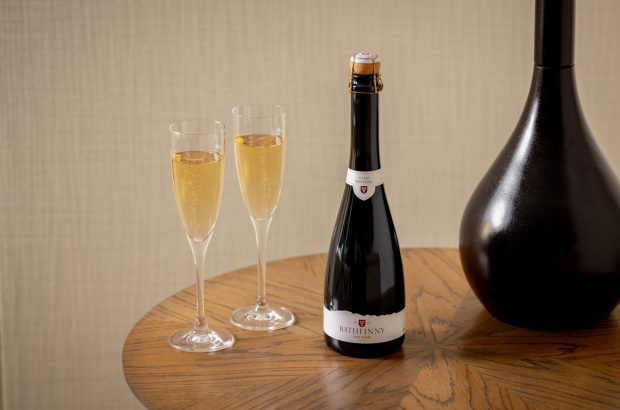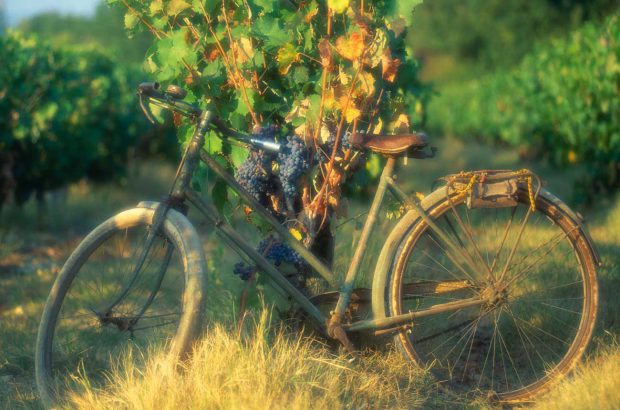What are lees in wine?
Lees are predominantly dead yeast cells left over from the fermentation process, but there are two kinds.
‘Gross lees’ refers to the general sediment that forms in the wine after fermentation. Gross lees tend to naturally fall to the bottom of the winemaking vessel and are generally separated from the liquid quite quickly, although not always.
Fine lees are smaller particles that settle more slowly in the wine.
They can also be filtered out, but some winemakers choose to leave them in for differing lengths of time in an effort to enhance the complexity of the wine.
Some winemakers might stir the lees to encourage the development of extra texture and aromas in their wines – a method also known as batonnage.
What does ‘aged on lees’ mean?
Leaving wine in contact with dead yeast cells might not sound too appealing on paper, but lees ageing can be used to enhance certain aromas or bring more body and texture to wines.
It’s a technique commonly associated with white wines and sparkling wines, but not exclusively and not for every style.
Wines can be aged on lees for a few weeks and months or several years.
By law, a non-vintage Champagne must be aged for 15 months in bottle and spend at least 12 months on lees, according to the Comité Champagne.
A vintage Champagne must be aged on lees for three years minimum, although in reality many houses age wines for longer than this baseline threshold.
Can you taste lees in wine?
With traditional method sparkling wines, like Champagne, yeast cells die in the bottle after the second fermentation. Over time, this can create ‘autolytic’ flavours, such as brioche, biscuit or bread-like notes in the wine.
Lees also ‘give the wine its complexity and add finesse to the bubbles’, according to the union of Champagne houses.
Nutty aromas, such as almond, plus hay and yeasty flavours can all be the results of a wine spending some time aged on lees, or ‘sur lie’ as it’s known in French.
Expert Jim Budd recently reviewed several Muscadet de Sèvre et Maine ‘Sur Lie’ wines as part of a round-up of latest releases from the Loire Valley. ‘The complex 2019 has attractive ripe citric aromas with yeasty, toasty characteristics and a long finish,’ he said of Domaine Luneau-Papin’s ‘Clos des Allées’ 2019.
Lees can also lend richness and extra texture to some wines, as well as contributing to balance.
‘Time on lees after secondary fermentation pays huge dividends for English sparkling wine, endowed as it always is with high natural levels of acidity,’ said Decanter World Wine Awards judges in 2019, after giving a Best In Show medal to Wiston Estate, Blanc de Blancs Brut 2011.
Deciding whether to leave a wine ageing or resting on lees, versus actively stirring the lees, often comes down to the stylistic choice of the winery, said Jean-Charles Thomas, winemaking director at Louis Latour in Burgundy, in a Decanter advice article in 2017.
‘The reductive nature of the lees also provides some protection against oxidation too,’ he said.
Updated in July 2021. Original article published in 2017.





